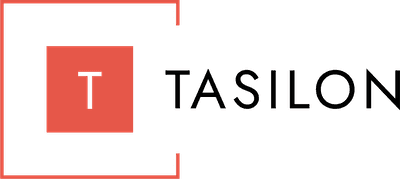
Revolutionize Your Factory Floor: AI-Powered Predictive Maintenance
Artificial Intelligence is transforming the manufacturing landscape, turning reactive operations into proactive, highly efficient systems. Our AI-Powered Predictive Maintenance solution directly tackles one of the industry's most critical and costly problems: unplanned equipment downtime.
The Problem: Unplanned Downtime
In the manufacturing industry, critical machinery—from CNC machines and conveyor belts to industrial robots—is the heartbeat of production. A sudden, unexpected failure of even a single component leads to a cascade of expensive problems:
EveMassive Production Loss:ry minute the line is down, output stops, leading to missed deadlines and contractual penalties.
High Emergency Costs:Rush ordering spare parts, expensive emergency technician call-outs, and overtime for catch-up production.
Reduced Equipment Lifespan:Ignoring early warning signs accelerates wear and tear, forcing early capital expenditure on replacement machines.
Reactive Maintenance Trap:Maintenance teams spend all their time reacting to crises rather than planning for efficiency.
The traditional approach of time-based (preventive) or reactive maintenance is inefficient, costly, and unreliable.
The AI Solution: Predictive Maintenance
We solve the downtime problem by replacing guesswork and rigid schedules with intelligent, data-driven forecasting. Our AI platform uses Machine Learning (ML) to analyze the real-time health of your equipment and predict exactly when a component is likely to fail.
The Solution Outline:
1. Data Collection & IoT Integration:
Sensors (IoT):Install or integrate with existing sensors (e.g., vibration, temperature, acoustic, pressure, current draw) on critical machinery.
Data Aggregation:Stream real-time data from the sensors, along with historical maintenance logs, work orders, and environmental conditions, into a secure cloud platform.
2. AI Model Training (Machine Learning):
Anomaly Detection:Our ML models are trained on historical "normal" operating data. They continuously monitor live data for subtle deviations that human operators or basic analytics would miss.
Failure Forecasting:The model learns the complex relationship between various sensor readings and eventual failure events to predict the Remaining Useful Life (RUL) of key components.
3. Actionable Alerts & Integration:
Real-time AlertsWhen the RUL prediction crosses a critical threshold, the system automatically triggers a Predictive Maintenance Alert.
Automated Work Order:The alert is instantly pushed to the maintenance team’s management system, complete with the predicted failure, recommended action, and list of necessary parts.
4. Continuous Optimization:
Feedback Loop:The model automatically incorporates the results of the maintenance action (e.g., successful repair, part replacement) back into its training data to continually improve its accuracy and prediction horizon.
The Benefits: Maximize Uptime and Profit
By shifting from reactive to Predictive Maintenance, manufacturers gain immediate, quantifiable business value:
| Benefit Category | Specific Outcome | Impact |
|---|---|---|
| Operational Efficiency | Up to 30% Reduction in Unplanned Downtime | Maximize production hours and increase Overall Equipment Effectiveness (OEE). |
| Cost Savings | 10-20% Reduction in Maintenance Costs | Eliminate costly emergency interventions and optimize labor by scheduling repairs only when necessary. |
| Asset Lifespan | Extended Equipment Life | Proactive maintenance prevents catastrophic failures and minimizes secondary damage to machinery. |
| Maintenance Planning | Optimized Inventory & Resources | Accurately forecast spare parts needs and schedule maintenance staff during non-peak hours, minimizing disruption. |
